85 F. high in the Twin Cities Friday.
84 F. average high on July 10.
85 F. high on July 10, 2014.
July 10, 2002:
Intense rainfall causes extensive street flooding in St. Cloud. 2.70
inches of rain fell in 1 hour 45 minutes at St. Cloud State University.
Persons were stranded in their cars and had to be rescued by the fire
department.
A Fine Whine
"It's
too hot!" goes the fine whine. This is what keeps psychologists in
business. For the better part of 7 months we complain about the chill,
we watch the 7-Day temperature trend with breathless anticipation. We
reserve weekends at the lake - dig out the shorts, T-shirts and sandals.
And then the first hot front arrives.
"Paul, I don't like this humidity. I'm having a bad hair day!"
Hey,
I feel your pain there. But really? You're really going to gripe? All
year we pray for warmth. When it finally arrives we summon the nerve to
complain. Summer heat isn't on a dimmer switch; we usually swerve from
too-cool to too-hot. It's not a perfect system, but still...
Can some forward-thinking politician
(oxymoron?) introduce a bill in the Minnesota Legislature making it a
misdemeanor to gripe about the heat? Please.
Showers and T-storms
are likely today as a disturbance ripples along an advancing warm
frontal boundary. Plan on a few hours of rain, which will keep us 5-10F
cooler than we would be otherwise. Expect more sunshine
Sunday with highs near 90F, a dew point in the 70s and a heat index of 95F. Next week looks tropical with a few thundery lumps.
Meanwhile
Typhoon Chan-Hom grazes Shanghai, China today. Minnesota's
typhoon-resistant, shark-free lakes are looking better and better.
An Interesting Sunday Brewing.
First will come the heat and humidity, making it feel like mid to upper
90s by afternoon, with a heat index topping 100F over southwestern
Minnesota. Conditions may be ripe for an MCS system Sunday night, a
meso-convective system capable of very heavy rain and frequent
lightning. A fast-moving derecho can't be ruled out late Sunday and
Sunday night, in response to very high moisture levels and severe
instability. Source: Twin Cities National Weather Service.
Typhoon Chan-Hom Brushes China Coast.
The storm passed over cooler water and weakened rapidly overnight, but
Shanghai will still experience widespread flooding today with
significant impacts to transportation and considerable coastal storm
surge flooding. Latest Doppler radar is
here, courtesy of China's National Meteorological Center.
Gathering Warm Front.
More like a hot front, and the approach of hotter, stickier, more
unstable tropical air will set off more clouds today with a risk of a
shower or T-storm, although it doesn't look nearly as wet as it did
yesterday. Temperatures should reach the low 80s today with low 90s a
real possibility Sunday, again Monday. Check out Friday's visible
satellite loop, showing a smoke plume running right down I-94. Source:
NOAA and AerisWeather.
Soggy Spell.
Although the heaviest rains are forecast from Rockford and Chicago into
the Ohio Valley and Mid Atlantic region over the next week NOAA models
print out some 2"+ amounts over southeast Minnesota and southwest
Wisconsin. T-storms will be numerous in the coming days.
Rains, Followed By Some Record Low Temperatures This Week. Here's a snippet of the latest installment of Dr. Mark Seeley's always-informative
WeatherTalk Newsletter: "..
.Cool,
dry Canadian high pressure settled over the state on the backside of
the thunderstorms, bringing very comfortable conditions to most of the
state. Under clear skies over July 7th and July 8th a few Minnesota
observers reported new record low temperatures. On July 7th Kabetogama
reported a record low of 41°F, Floodwood 40°F, and Fosston 37°F. Then
on July 8th even more record lows were reported including: 44°F at
Browns Valley and Long Prairie; 43°F at Sandstonre; 40°F at
International Falls (tied 1958), 39°F at Isabella (tied 1958) and Ely;
and 37°F at Fosston, Hibbing and Eveleth..."
El Nino Helps Boost Pacific Storm Season. Warmer waters in the western Pacific seem to be adding fuel to the fire this year - here's an excerpt from
Climate Central: "
Satellite
views of the Pacific Ocean show an impressive trail of storms, strung
like pearls on a necklace across the basin. While the western Pacific in
particular is almost always a hotbed of tropical cyclone activity, this
current flare-up is linked in part to a robust El Niño event that is
showing signs it could continue to strengthen. There are four tropical cyclones
(the generic term for hurricanes and typhoons) in the Pacific, with a
fifth on the verge of forming. The spectacle has tropical meteorologists
marveling over the satellite images, as so many storms at one time,
while not unprecedented, is somewhat unusual..." (July 7 image: NOAA).
Japan's New Satellite Captures An Image Of Earth Every 10 Minutes.
Not to be outdone, NOAA's new GOES-R launches in late 2016 or early
2017. Here's an excerpt of a story focused on Japan's new weather
satellite from
The New York Times: "...
Locked
into a stationary orbit above New Guinea, the satellite takes 144
photographs of the entire planet a day, three times as many as its
predecessor. The images show how weather systems evolve and help
forecasters develop more nuanced models of Earth’s atmosphere..."
Super-Sized El Nino?
NOAA has raised the probability of El Nino lingering into the entire
North American winter to 90% - an 80% chance this warming phase of
Pacific Ocean water will spill over into spring of 2016.
Click here for more details.
Image credit: "
Average
sea surface temperature (SST) anomalies (C) for the week centered on 1
July 2015. Anomalies are computed with respect to the 1981-2010 base
period weekly means."
Smoke From Hundreds of North American Wildfires Is Taking a Toll on U.S. Air Quality. Here's a snippet from an explainer at
The Washington Post: "...
To
the northwest, 300 wildfires are burning in Alaska, most of which are
“very large,” covering more than 2,500 acres. That brings the total
number of fires to nearly 700 north of the 49th parallel, and all of
that smoke has been riding south on the jet stream for the past couple
of weeks, reaching as far south as Florida and lingering over the Mid-Atlantic and Northeast for days..."
Photo credit above: "
A hazy, polluted Minneapolis skyline from Ridgeway Parkway Park on Monday." (Jeff Wheeler/Star Tribune via AP).
NOAA: Saharan Dust Clouds Suppressing Hurricanes. WGCU News in southwest Florida has the story - here's an excerpt: "...South Florida's air has been dustier than usual this week. The
dust has come from across the Atlantic, originating from dust storms in
the Sahara desert and being pushed towards the Americas by winds and
tropical waves. While the current influx of dust-filled air may be a
hazard for people with respiratory conditions, scientists say it also
brings with it a more positive effect. Jason Dunion, a research
meteorologist with the National Oceanic and Atmospheric Administration,
explains how Saharan dust storms can serve as hurricane suppressants on
this side of the Atlantic..."
Image credit above: "A satellite image taken Tuesday, July 7. The green area is dust making its way across the Atlantic." NRL-Monterey.
How You Consist of Trillions of Tiny Machines. Yes, the human body is an amazing thing, some would call it miraculous, even divine. Here's an excerpt of a book review from
The New York Review of Books: "...
His
book Life’s Engines: How Microbes Made Earth Habitable focuses on one
of the most astonishing discoveries of the twentieth century—that our
cells are comprised of a series of highly sophisticated “little engines”
or nanomachines that carry out life’s vital functions. It is a work
full of surprises, arguing for example that all of life’s most important
innovations were in existence by around 3.5 billion years ago—less than
a billion years after Earth formed, and a period at which our planet
was largely hostile to living things. How such mind-bending complexity
could have evolved at such an early stage, and in such a hostile
environment, has forced a fundamental reconsideration of the origins of
life itself..."
Image credit: Martin Oegger/Micronaut. "
A
colorized image, made with a scanning electron microscope, of
Staphylococcus aureus bacteria. According to a recent National
Geographic feature on microbes, Staphylococcus aureus ‘lives harmlessly
in the noses of about a third of us. But it can turn rogue, causing skin
infections—or worse."
The Apple Watch And The Rise Of The Personal Cloud. Machines talking to machines? What can possibly go wrong? Here's a clip from an interesting story and perspective at
Quartz: "...
While early consumer smartwatch applications have focused on fitness tracking and messaging,
the more powerful capabilities—for entertainment, medicine, and life in
general—could come when millions of people are each carrying around
several devices and sensors. Today, that includes earphones, Bluetooth hearing aids,
wireless heart-rate monitors, and running-shoe sensors. Soon, it could
include clothing with sensors built in to their fabric—already in the
works, but not yet mainstream—and sensors implanted in the body..."
IBM Announces Computer Chips More Powerful Than Any In Existence. Here's the intro to a story at
The New York Times: "
IBM
said on Thursday that it had made working versions of ultradense
computer chips, with roughly four times the capacity of today’s most
powerful chips. The announcement, made on behalf of an international
consortium led by
IBM,
the giant computer company, is part of an effort to manufacture the
most advanced computer chips in New York’s Hudson Valley, where IBM is
investing $3 billion in a private-public partnership with New York
State, GlobalFoundries, Samsung and equipment vendors..."
Photo credit: "A wafer made up of seven-nanometer chips. IBM said it made the advance by using silicon-germanium instead of pure silicon." Credit Darryl Bautista/IBM.
ESPN Tightens Its Belt As Pressure On It Mounts.
Even mighty ESPN is feeling the shockwaves pushing through the media
business. How we consume television is evolving, and the bundle is in
grave peril. Here's an excerpt from The Wall Street Journal: "Sports-TV
powerhouse ESPN, a profit machine that has long towered over the media
landscape, is showing signs of stress as the pay-TV industry goes
through an unprecedented period of upheaval. A decline in subscribers as
customers trim their cable bills, coupled with rising content costs and
increased competition, has ESPN in belt-tightening mode, people
familiar with the situation say. The company, majority owned by Walt
Disney Co., has lost 3.2 million subscribers in a little over a year,
according to Nielsen data, as people have “cut the cord” by dropping
their cable-TV subscriptions or downgraded to cheaper, slimmed-down TV
packages devoid of expensive sports channels like ESPN..."
TODAY: Partly sunny. Slight chance of a shower or T-storm. Winds: SE 10-15. High: 81
SATURDAY NIGHT: Humid with lingering clouds. Low: 70
SUNDAY: Hot sun, tropical humidity - feels like 95F. Dew point: 73. Winds: SSE: 10. High: 91
SUNDAY NIGHT: T-storms likely, some strong to severe. Low: 72
MONDAY: Steamy with glimmers of sun, more T-storms likely. High: 92
TUESDAY: T-showers taper, still muggy. Wake-up: 73. High: 87
WEDNESDAY: Partly sunny, risk of a dry day. Wake-up: 71. High: 85
THURSDAY: Sticky sun, PM T-storms bubble up. Wake-up: 70. High: 87
FRIDAY: What a surprise: more T-storms. Wake-up: 72. High: 88
Climate Stories...
The Climate Deception Dossiers: Internal Fossil Fuel Memos Reveal Decades of Corporate Disinformation. Why
would they do that? Why would they condone confusion, misinformation,
spin and conspiracy theories? Let's all ponder that one. Here's an
excerpt of a powerful series from
The Union of Concerned Scientists: "
For
nearly three decades, many of the world's largest fossil fuel companies
have knowingly worked to deceive the public about the realities and
risks of climate change. Their deceptive tactics are now highlighted in
this set of seven "deception dossiers"—collections of internal company
and trade association documents that have either been leaked to the
public, come to light through lawsuits, or been disclosed through
Freedom of Information (FOIA) requests. Each collection provides an
illuminating inside look at this coordinated campaign of deception, an
effort underwritten by ExxonMobil, Chevron, ConocoPhillips, BP, Shell,
Peabody Energy, and other members of the fossil fuel industry..."
Summer Precipitation Trends.
I was surprised to see drying over northeastern Minnesota and northwest
Wisconsin, bucking the general trend of wetter weather east of the
Rockies. Here's an excerpt of an explainer at
Climate Central: "
For
most of the nation, summer weather has been changing over the past four
decades or so — in ways climate scientists say are consistent with what
they’d expect in a warming world. The most obvious change is in summer temperatures where most
of the continental U.S. has been heating up. With precipitation, the
picture is more mixed: most of the West has gotten drier since 1970,
while the Northeast, Southeast and northern Great Plains have gotten
wetter. This is also consistent with what climate scientists expect in a
warming world..."
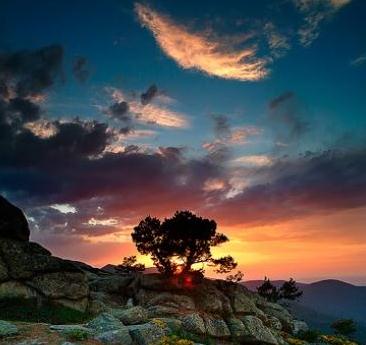 Climate Change: The Moral Challenge of our Time
Climate Change: The Moral Challenge of our Time. Here's an excerpt of an Op-Ed from Bishop Wolfgang Herz-Lane at
The Baltimore Sun: "...
In
the encyclical, Pope Francis states "Never have we so hurt and
mistreated our common home as we have in the last two hundred years."
Like all people everywhere, we live from and rely on the health and
well-being of God's creation — air, water, land, animals and the world's
interconnected ecosystems. Stewardship of the earth was one of the
first tasks God gave to us. "Living our vocation to be protectors of
God's handiwork is essential to a life of virtue; it is not an optional
or a secondary aspect of our Christian experience," the pope states..."
God's Mandage For The Environment.
The Vancouver Courier
has the story - here's an excerpt that made me sit up a little
straighter: "...He admits that these attitudes toward the environment
are new, but credits changing realities. A century or more ago, humans
were afraid of the violent predators in the dark wild, what Allore
quotes Tennyson as calling "Nature, red in tooth and claw." Humans felt a
need to control nature, he says, not coexist with it. But when, as in
the last several decades, our ability to control nature expanded into an
industrial scale that can overwhelm the Earth, a new theology is
required, one that hearkens back, he says, to the earliest chapters of
the Bible, in which humans are placed in a garden and given
stewardship..."
He
admits that these attitudes toward the environment are new, but credits
changing realities. A century or more ago, humans were afraid of the
violent predators in the dark wild, what Allore quotes Tennyson as
calling “Nature, red in tooth and claw.”
Humans felt a need to
control nature, he says, not coexist with it. But when, as in the last
several decades, our ability to control nature expanded into an
industrial scale that can overwhelm the Earth, a new theology is
required, one that hearkens back, he says, to the earliest chapters of
the Bible, in which humans are placed in a garden and given stewardship.
“That
stewardship was often in lots of cultures, so it’s been there all
along, but there were struggles against nature that probably became the
dominant voice,” he says. “We’ve needed to change that.”
- See more at: http://www.vancourier.com/community/god-s-mandate-for-the-environment-1.1995355#sthash.LcLrXAKq.dpuf
He
admits that these attitudes toward the environment are new, but credits
changing realities. A century or more ago, humans were afraid of the
violent predators in the dark wild, what Allore quotes Tennyson as
calling “Nature, red in tooth and claw.”
Humans felt a need to
control nature, he says, not coexist with it. But when, as in the last
several decades, our ability to control nature expanded into an
industrial scale that can overwhelm the Earth, a new theology is
required, one that hearkens back, he says, to the earliest chapters of
the Bible, in which humans are placed in a garden and given stewardship.
“That
stewardship was often in lots of cultures, so it’s been there all
along, but there were struggles against nature that probably became the
dominant voice,” he says. “We’ve needed to change that.”
- See more at: http://www.vancourier.com/community/god-s-mandate-for-the-environment-1.1995355#sthash.LcLrXAKq.dpuf
How 2C of Warming Could Reshape the U.S.
Will this happen next week or next year? No, and we'll have time to
adapt, move, become more resilient and water-tolerant. But a significant
sea level rise seems locked in at this point; the question is how much.
Climate Central takes a look at the most vulnerable coastline and metropolitan areas; here's a clip: "
If, as suggested by a comprehensive new review in the journal Science, 2°C of global warming would lock in at least 20 feet
(6 meters) of eventual sea level rise, what would that warming mean for
the future and heritage of the U.S.? It would mean a map we don’t
recognize: Louisiana would shed its boot, the Eastern seaboard would
seriously retract, and the Bay Area would grow a second inland bay — as
the nation would lose more than 48,000 square miles of land, home today
to 23.4 million people..."
Climate Scientists Are Dealing With Psychological Problems. A scientific version of PTSD? Here's a snippet from a story at
Science of Us: "...
In
the meantime, though, the people making these predictions — climate
scientists — are dealing with a heavy psychological toll, as a piece in Esquire by
John H. Richardson points out. They are living, as Richardson puts it, a
“surreal existence.” One psychologist who works with climate scientists
told Richardson they suffer from “pre-traumatic stress,” the
overwhelming sense of anger, panic, and “obsessive-intrusive thoughts”
that results when your work every day is to chart a planetary future
that looks increasingly apocalyptic. Some climatologists merely report
depression and feelings of hopelessness. Others, resigned to our shared
fate, have written what amount to survival guides for a sort of Mad Max
dystopian future where civilization has broken down under the pressures
of resource scarcity and habitat erosion..."
A "Climate Vise" Is Squeezing Bumble Bees' Range. Of course we rely on bees for pollination, so if they catch the climate flu it may be contagious. Here's an excerpt from
Climate Central: "...
According to new research
published in the journal Science, climate change could be intimately
tied with the plight of the prolific pollinator. But unlike other
species that are shifting northward in response to warming temperatures,
the majority of bumble bees species included in the new study are
failing to expand their range. Because they can occupy a niche as early
and late season pollinators, farmers, forests and flowers could all
suffer from their disappearance..." (File photo: David Joles, Star Tribune).
World Suffering Surge in Extreme Rainfall Due to Climate Change. Basic physics: warmer air can hold more water vapor, more fuel for extreme rainfall amounts. Here's an excerpt from
Bloomberg Business: "
The
world is suffering a surge in record-breaking rainfall because of
climate change, scientists say. Extreme rains, like those that led to
flooding and a cholera outbreak that killed hundreds in Pakistan in
2010, are happening 12 percent more often globally and 56 percent more
frequently in Southeast Asia than if the world wasn’t warming, according
a study
by the Potsdam Institute for Climate Impact Research. “One out of 10
record-breaking rainfall events observed globally in the past 30 years
can only be explained if the long-term warming is taken into account,”
Dim Coumou, co-author of the report released Wednesday, said in a
statement..." (File photo: Ryan McGinnis, Bloomberg).
Increased Record-Breaking Precipitation Events Under Global Warming. Here is an excerpt of the abstract of the
new research referenced in the Bloomberg article above: "...
We
show that over the last three decades the number of record-breaking
events has significantly increased in the global mean. Globally, this
increase has led to 12 % more record-breaking rainfall events over
1981–2010 compared to those expected in stationary time series. The
number of record-breaking rainfall events peaked in 2010 with an
estimated 26 % chance that a new rainfall record is due to long-term
climate change. This increase in record-breaking rainfall is explained
by a statistical model which accounts for the warming of air and
associated increasing water holding capacity only..."
Study: Global Sea Levels Have Risen 6 Meters Or More With Just Slight Global Warming. Oregon State University has the details; here's an excerpt: "
A
new review analyzing three decades of research on the historic effects
of melting polar ice sheets found that global sea levels have risen at
least six meters, or about 20 feet, above present levels on multiple
occasions over the past three million years. What is most concerning,
scientists say, is that amount of melting was caused by an increase of
only 1-2 degrees (Celsius) in global mean temperatures. Results of the
study are being published this week in the journal Science..." (File image: NASA).
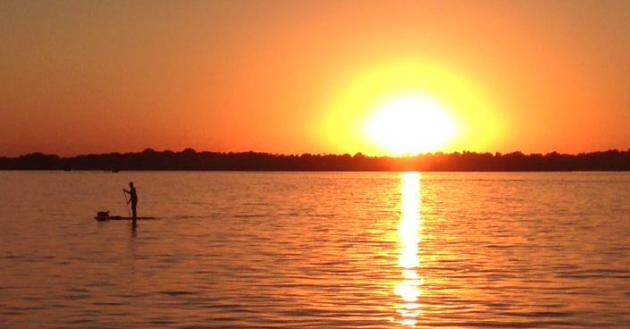
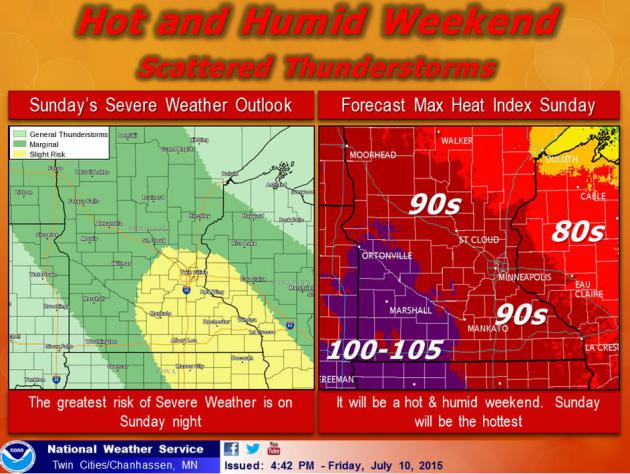
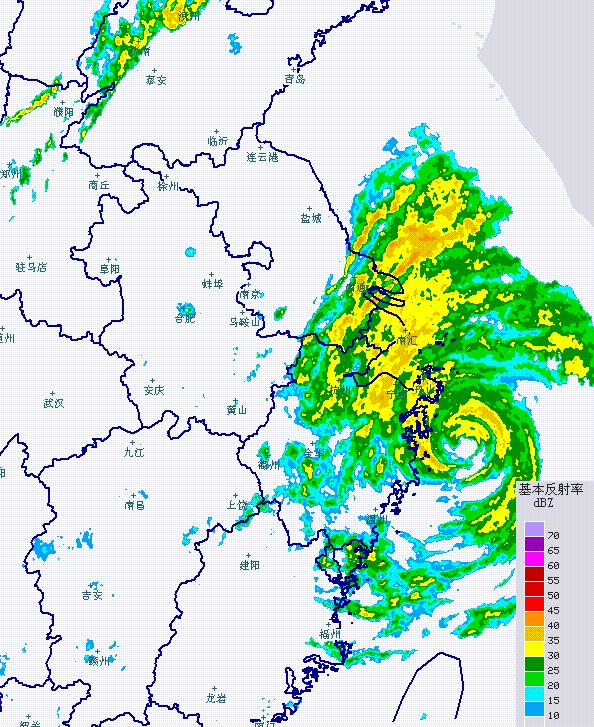
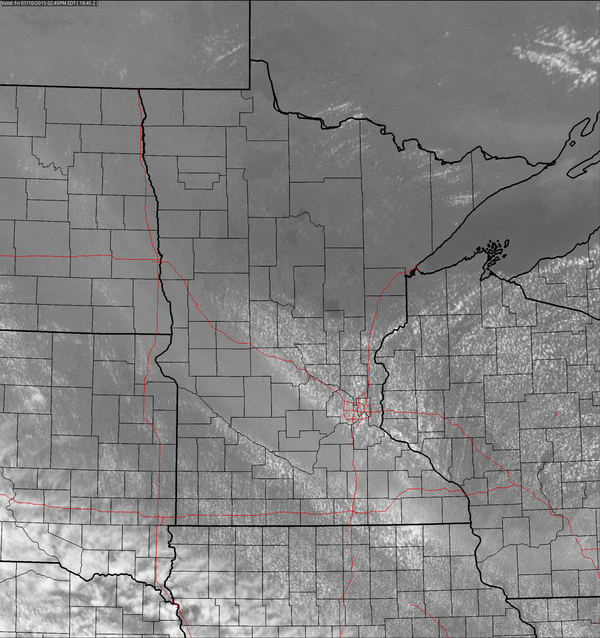
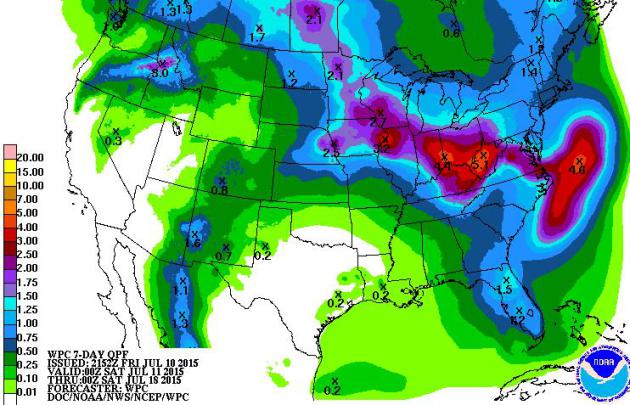
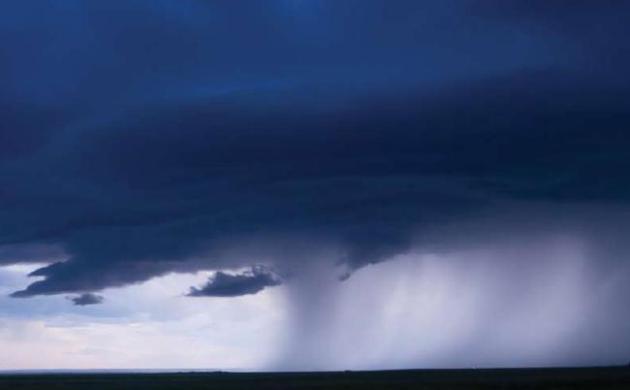
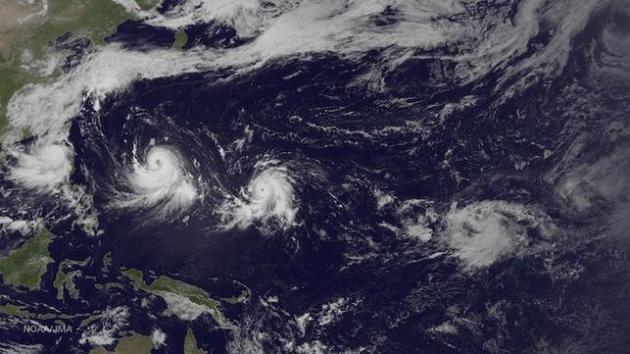
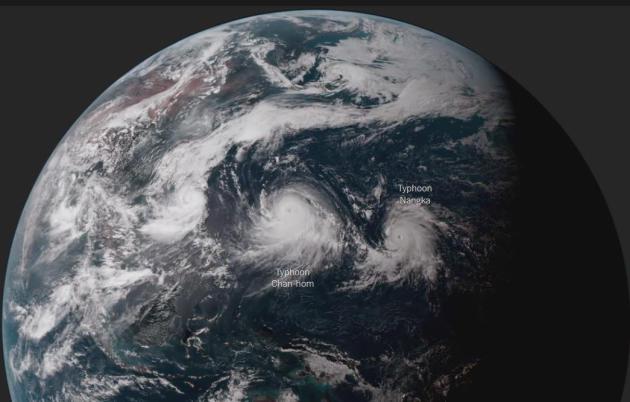
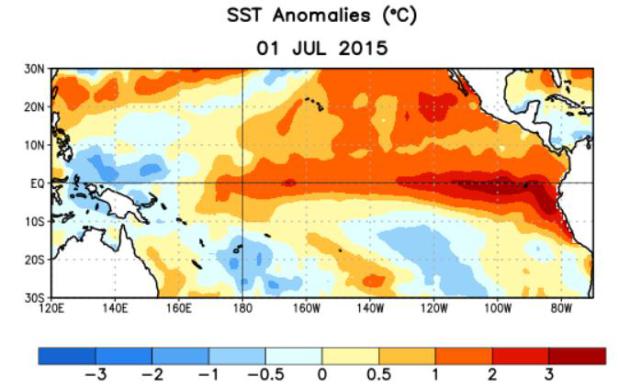
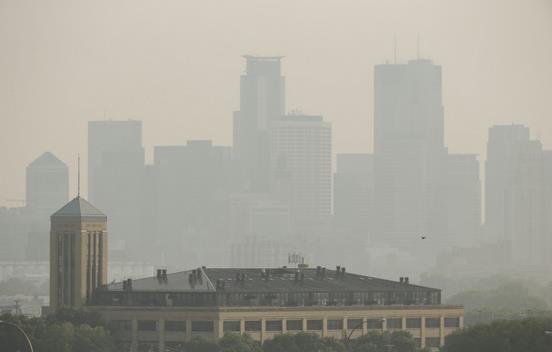
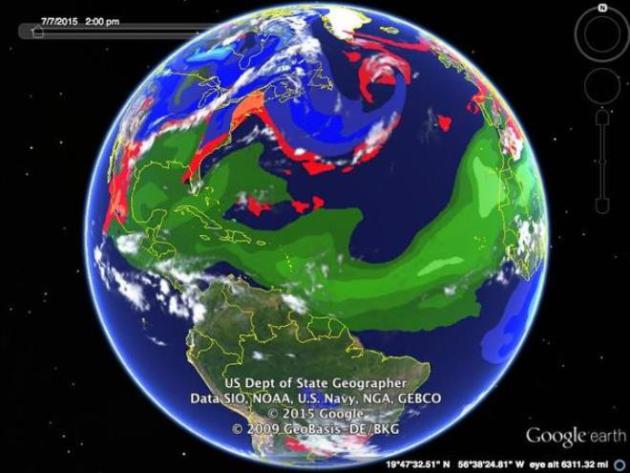
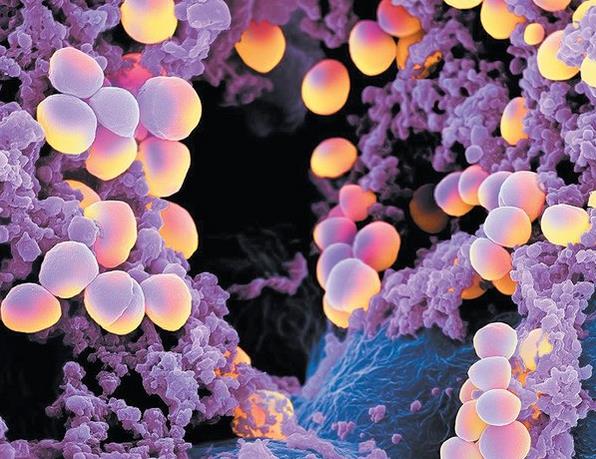



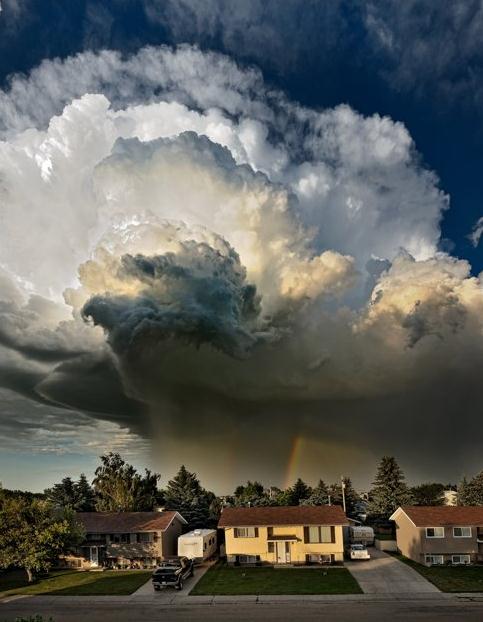
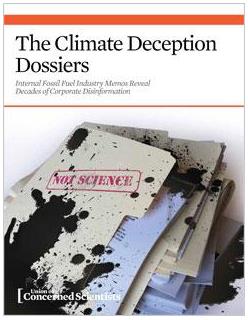
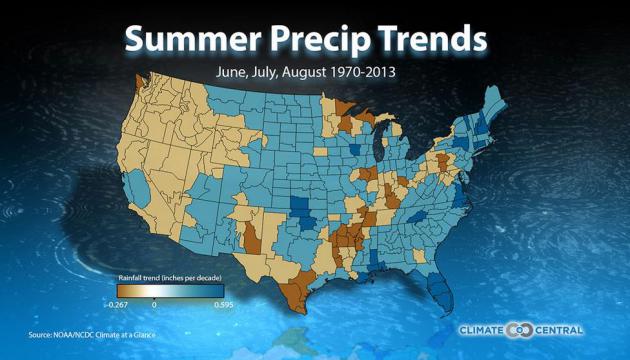

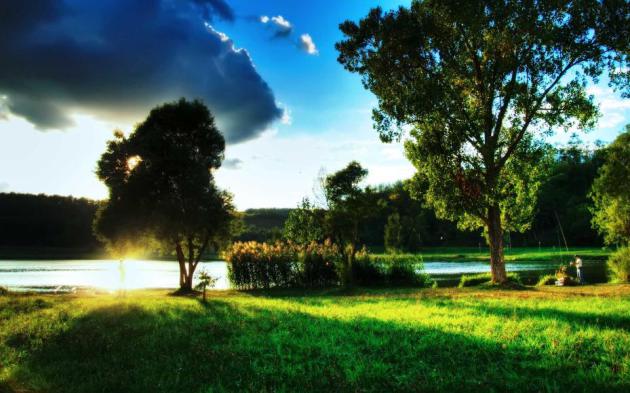
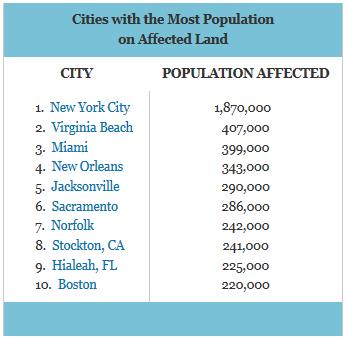
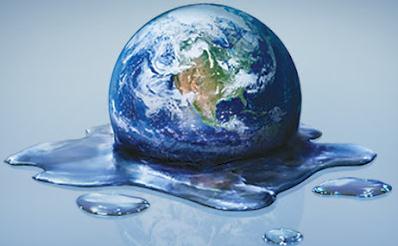

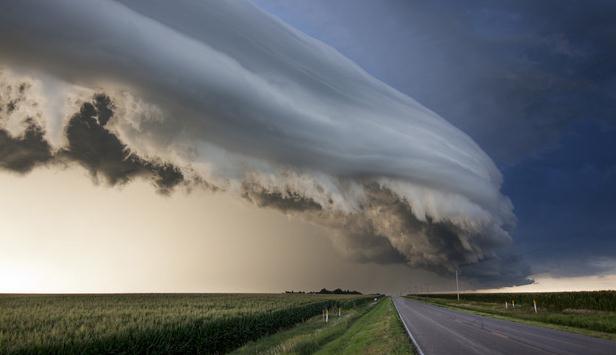

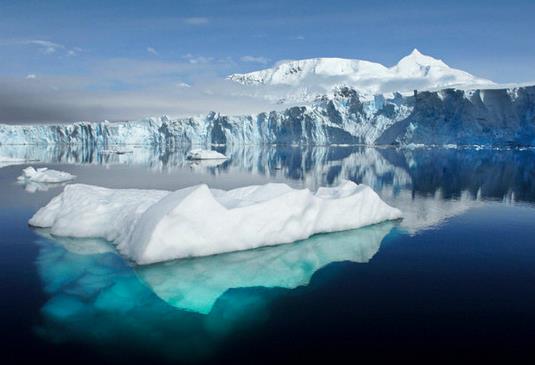
No comments:
Post a Comment